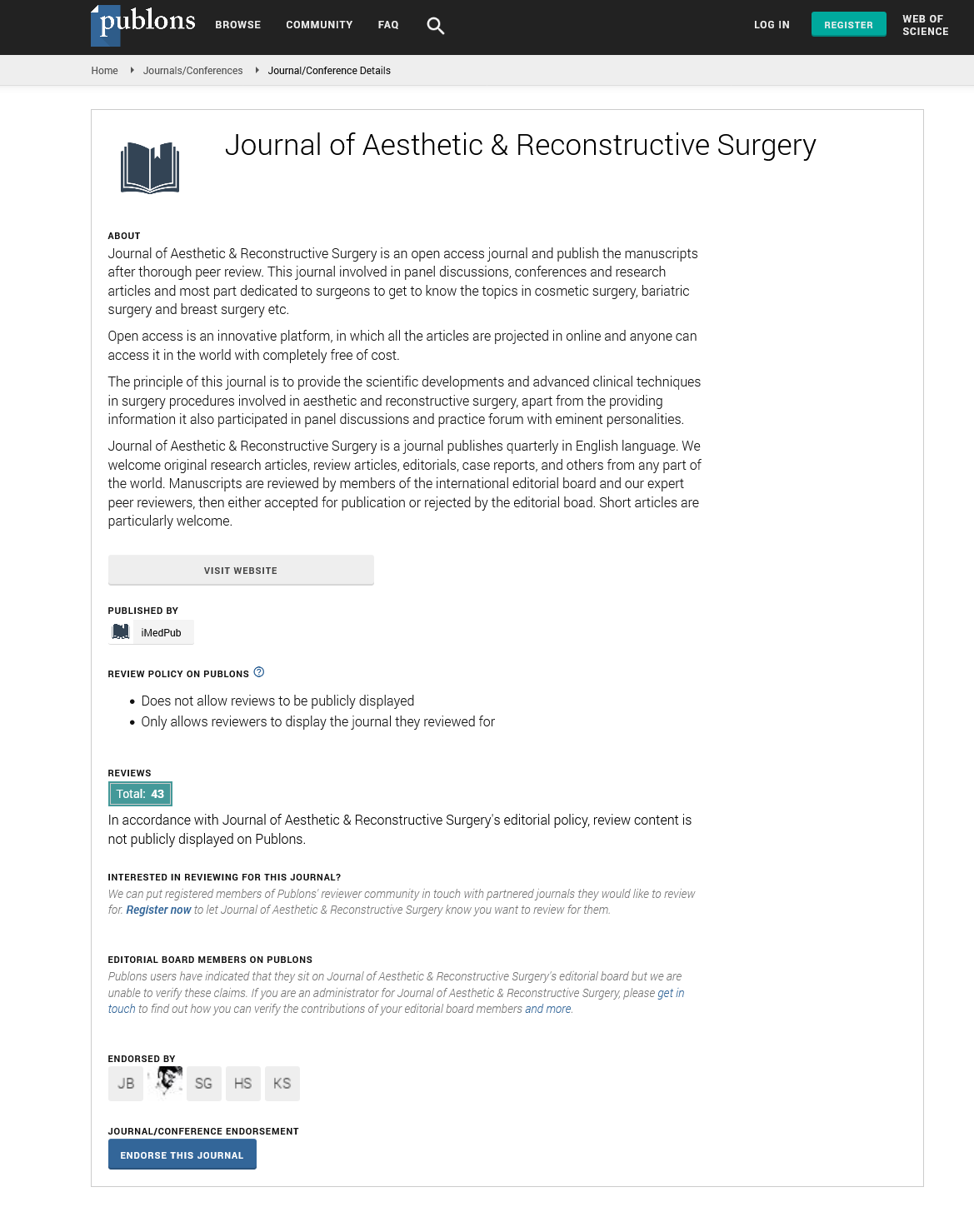Abstract
Frequency and Pattern of Nasal Septal Deviation and Outcome of Surgery in Elective Rhinoplasty Patients
Introduction: Nasal septal deviations(NSD) play a crucial role in functional nasal breathing and unrecognized deviations stand as the primary reason for failed rhinoplasty outcomes. Although nasal septal deviation is quite common in general population but its frequency and dominant patterns varyin different studies, especially in patients presenting for aesthetic rhinoplasty. Current study addresses this issue and also evaluates clinical outcome of our septoplasty technique for each type of NSD which may have practical implications for diagnosis and management purposes. Methods: In a prospective study 101 consecutive patients presenting with aesthetic nasal deformity with or without problem in nasal breathing entered the study from June 2018 to December 2019 and operated at 15thKhordad Plastic Surgery Center, Tehran, Iran. Patients were asked to complete the Rhinoplasty Health Inventory and Nasal Outcomes (RHINO) questionnaire before and after surgery which stands as a standard subjective point of reference for both aesthetic and functional rhinoplasty outcome. Results: Most patients underwent formal septorhinoplasty by open approach and were followed up ranging from 12 to 64 weeks after surgery. Significant nasal obstruction was diagnosed in 55 patients according to preoperative assessment and paranasal sinus CT scan was performed in about two thirds of the patients. The overall frequency of NSD was 69 cases(68.3 %) with the most common type being septal tilt (33.3%),followed by C or reverse C type in anteroposterior plane (31.8%) with dominant external deviation to the right side of the patient. Septal spurs followed by craniocaudal plane deviations were observed less frequently. The difference between preoperative and postoperative RHINO scores ranged from −5 to +66, with a mean difference of 29.5±16.1 which translates into a significant improvement in both aesthetic and functional outcome in the majority of patients. Also technical aspects of our septoplasty technique is reviewed briefly. Conclusion: Stepwise approach to diagnosis and surgical management of each type of nasal septal deviations is an important and integral part of any rhinoplasty procedure and has a significant impact on both the clinical outcome and patient satisfaction.
Author(s):
Seyed Esmail Hassanpour 1* and Shahin Behjoo 2
Abstract | Full-Text | PDF
Share this

Google scholar citation report
Citations : 130
Journal of Aesthetic & Reconstructive Surgery received 130 citations as per google scholar report
Journal of Aesthetic & Reconstructive Surgery peer review process verified at publons
Abstracted/Indexed in
- Google Scholar
- China National Knowledge Infrastructure (CNKI)
- Directory of Research Journal Indexing (DRJI)
- WorldCat
- Publons
- Geneva Foundation for Medical Education and Research
- Secret Search Engine Labs
- Euro Pub
Open Access Journals
- Aquaculture & Veterinary Science
- Chemistry & Chemical Sciences
- Clinical Sciences
- Engineering
- General Science
- Genetics & Molecular Biology
- Health Care & Nursing
- Immunology & Microbiology
- Materials Science
- Mathematics & Physics
- Medical Sciences
- Neurology & Psychiatry
- Oncology & Cancer Science
- Pharmaceutical Sciences


